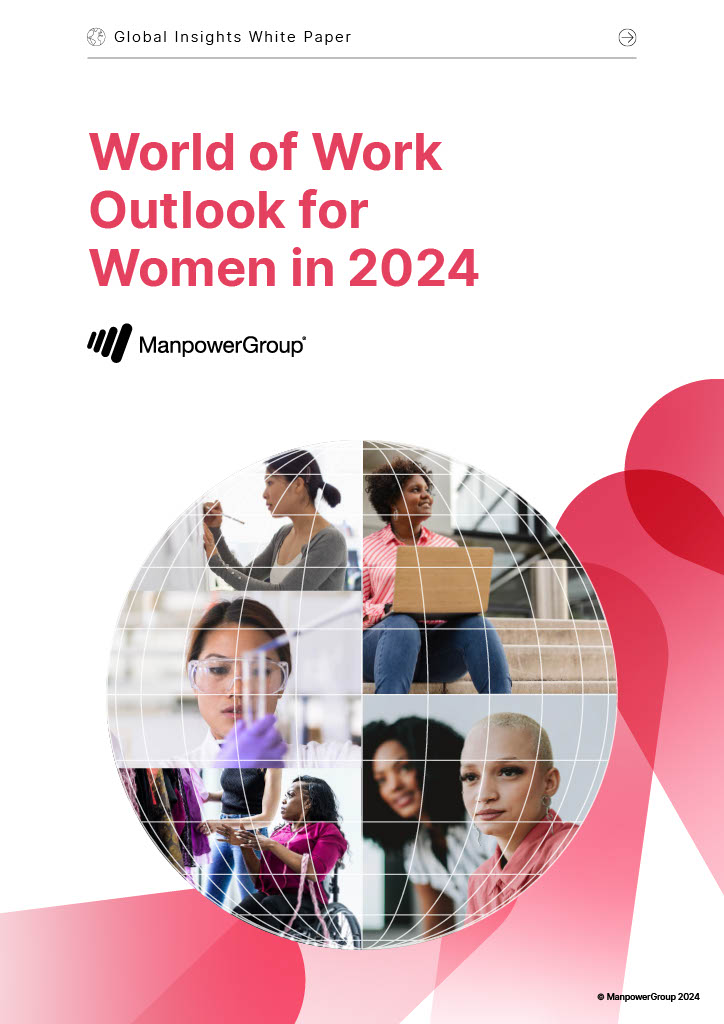By Dan Holly
It happens every year: you think back and you can’t believe how much has happened that you did not anticipate. (I guess that’s why the French say, “The more things change, the more things stay the same.”) But 2020 was different; even Nostradamus would be like, “Whoa! I never saw coming!”
So much changed in the past year that one wonders how much of it is permanent and how much is temporary. Will online shopping, for instance, retreat from the record-high levels brought on by the pandemic? Not much, experts say; we already were moving in that direction and COVID just sped up the trend. Let’s hope voter turnout remains at record levels. Salad bars? Likely a goner – and good riddance.
What I am finding hardest to wrap my mind around is the mainstreaming of the social justice movement. Before 2020, it was unusual for Fortune 500 companies to make a big deal about what they were doing to fight racial injustice and inequality. Now, they’re doing that big-time and making sure everyone knows. Before 2020, if you had a “Black Lives Matter” poster on your front lawn, you were cutting edge; today, there are three on my block – all in houses occupied by white families.
But, as the year draws to a close and the smoke clears, I am starting to see some vague outlines of how all this change took shape. It all started to come together for me when I watched the TV show “All Rise.”
In the episode I saw, a white man was on trial for attacking black protestors at a street protest against injustice. It was one of those “ripped from the headlines” plots – the protestors even chanted slogans you might hear at a real protest (“Defund the police!”)
But, as the show progressed, the plot began to diverge more and more from the realities we have experienced this past year. The prosecutor, who argued vehemently that the defendant should be charged with a hate crime, was white. The defense attorney for the white man who attacked the black protestors (with a baseball bat) was black.
The judge eventually ruled that there was not enough evidence to prove that the man had attacked the protestors because they were black and she refused to add a hate crime to his charges. That judge was black.
The white prosecutor who wanted the hate crime charge was incensed. A colleague calmed him down and explained why it probably wasn’t a hate crime – that colleague was black.
In sum, almost everyone in the show who you would expect to be black was white, and almost everyone you would expect to be white was black.
It did not seem likely that all of this was a coincidence. As I thought about it, my best conclusion was that the episode writers had tried to be relevant yet inoffensive. They did everything they could to tamp down the racial overtones – as if there are no racial overtones to the Black Lives Matter movement.
As I thought about it, I realized how the social justice movement went from cutting edge to mainstream in one crazy year: People had to choose sides. The brutal, caught-on-video murder of George Floyd proved, beyond a reasonable doubt, that all those protestors who have been out in the streets shouting “Black lives matter” for the past decade have a point.
You either agree or disagree; you can’t (as that ridiculous episode of “All Rise” illustrated) sit on the fence anymore. The fence got harder to sit on.
Donald Trump was part of the equation. A lot of people and organizations, perhaps, had been sympathetic to the social justice movement but not concerned enough to actually get involved; Trump helped them see who was on either side of the argument. His refusal to clearly and convincingly denounce white supremacists made many uncomfortable. When Trump said after the neo-Nazi protest in Charlottesville, VA, that there were “fine people on both sides,” he helped millions of Americans see with greater clarity which side they really ought to be on.
I believe (and hope) that we never go back to a time when it was controversial to say that Black lives matter. It was probably building up for a while but, in 2020, the dam broke. We crossed a rubicon.
As dizzying as it has been for the social justice movement to have been mainstreamed so quickly, I don’t think we’re ever going back.








